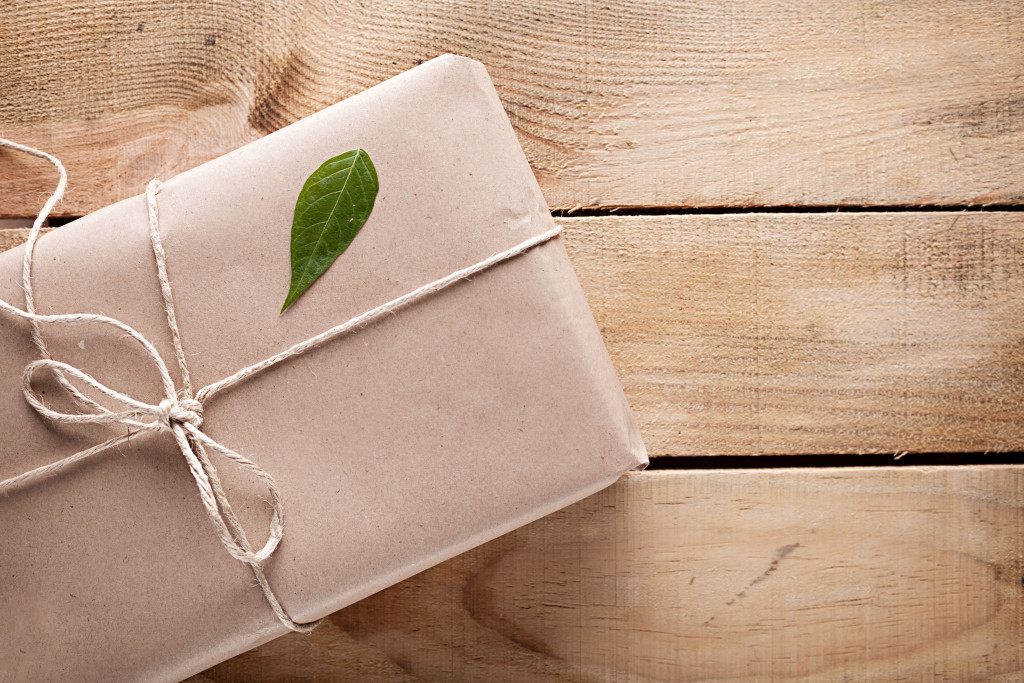Packaging causes the most amount of plastic and paper waste on the planet. How much waste does packaging cost? Roughly about 20% of all waste you can find in landfills. The problem is that food packages are not always eco-friendly. Consumers throw them straight to the wastebasket without a care of how they are going to decompose. And they won’t. Plastic will take hundreds of years before it breaks down.
Can you imagine the amount of Styrofoam packaging and plastic containers you’ve thrown over the years? The plastic that you have thrown when you were three years old hasn’t decomposed yet. It is still in a landfill somewhere. That’s how durable plastic is. That’s also the reason why people are so obsessed about it and why environmentalists won’t even touch an item made of plastic.
Running a fast-food restaurant franchise means that you’ll be churning out orders left and right. That’s the beauty of fast food. Everything happens so fast. The business earns and the customers get their food. But most fast-food restaurants don’t even think about the amount of waste that their food packaging costs. The top fast-food restaurants in the world might actually be responsible for half the 20% of packaging waste that’s in the landfill today. That’s how worse the situation has become.
Business owners should be more circumspect about how their operations affect the environment. If you are in the food industry, you should be more concerned because everything that happens in the environment happens to the sources of your ingredients—meat, vegetables, etc. Thankfully, you have plenty of options when it comes to eco-friendly food packaging.
Kraft Paper

Kraft is a German word that means strength and resilience. Made of wood pulp, kraft paper is coarse and brown. It doesn’t have the elegance of wax paper, but it is good for the environment since it is recyclable. You can use kraft paper to wrap breads, pastries, and bottled goods (so they won’t break while in transport). The materials used to make this paper are plant-based, making it the choice of many environmentalists when it comes to food packaging. You can tie the edges with a twine string for a chic but rustic appeal.
Cornstarch
This packaging got its name from corn and maize plants where its materials were derived. This eco-friendly food packaging is a favorite among environmental conservationists because they break down easily into carbon dioxide and water when properly disposed of. The process does not harm the environment at all. The best part about it for businesses is that cornstarch packaging is cheap and available. It is easy to produce. It is also flexible, so you can use it for many types of food.
Glass
Most people don’t realize that this is the safest and the most elegant type of food packaging. Glass, of course, is more expensive than Kraft paper and recycled paper. This is not suited for all kinds of food. The most common glass packaging used for food are those with narrow necks like the ones used for catsup bottles. Glass jars with wide openings are also good alternatives. Your food packaging will be more impressive when you use glass because customers can recycle and reuse them.
Seaweed
Artisan cafes and green grocery stores have been using seaweed packaging for years. It is made of a gelatinous substance agar that can be found in a variety of seaweed and algae. It is safe for food packaging since it is even used as an alternative to gelatin or as a thickener in some recipes. Seaweed material is a good alternative to package seasoning, sugar, coffee, cookies, and nuts.
Recycled Cardboard
For decades, there has been a clampdown on the use of Styrofoam because of its toxic materials. It doesn’t decompose and when it does, it may even be toxic to people’s health. And so, food businesses began using paper and cardboard, but that is also not environmentally friendly if they are not sourced sustainably. That’s when they started using recycled paper and cardboard. These are the easiest material to source for food packaging because there are many types of paper that can be recycled and turned into eco-friendly cardboard for food.
It takes a lot of sacrifices for businesses to invest in an environmentally friendly food package. After all, the more toxic ones are cheaper and easier to manage. Plastic, for example, has been one of the most popular food packaging materials because of its durability. But when it comes to what it can do to the environment, plastic is the worst of its kind. Going green should not be an option. It should be a rule for the food industry.

